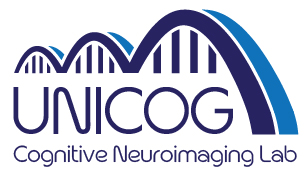NEW LAB MEMBERS
Gauthier, 16 October 2023
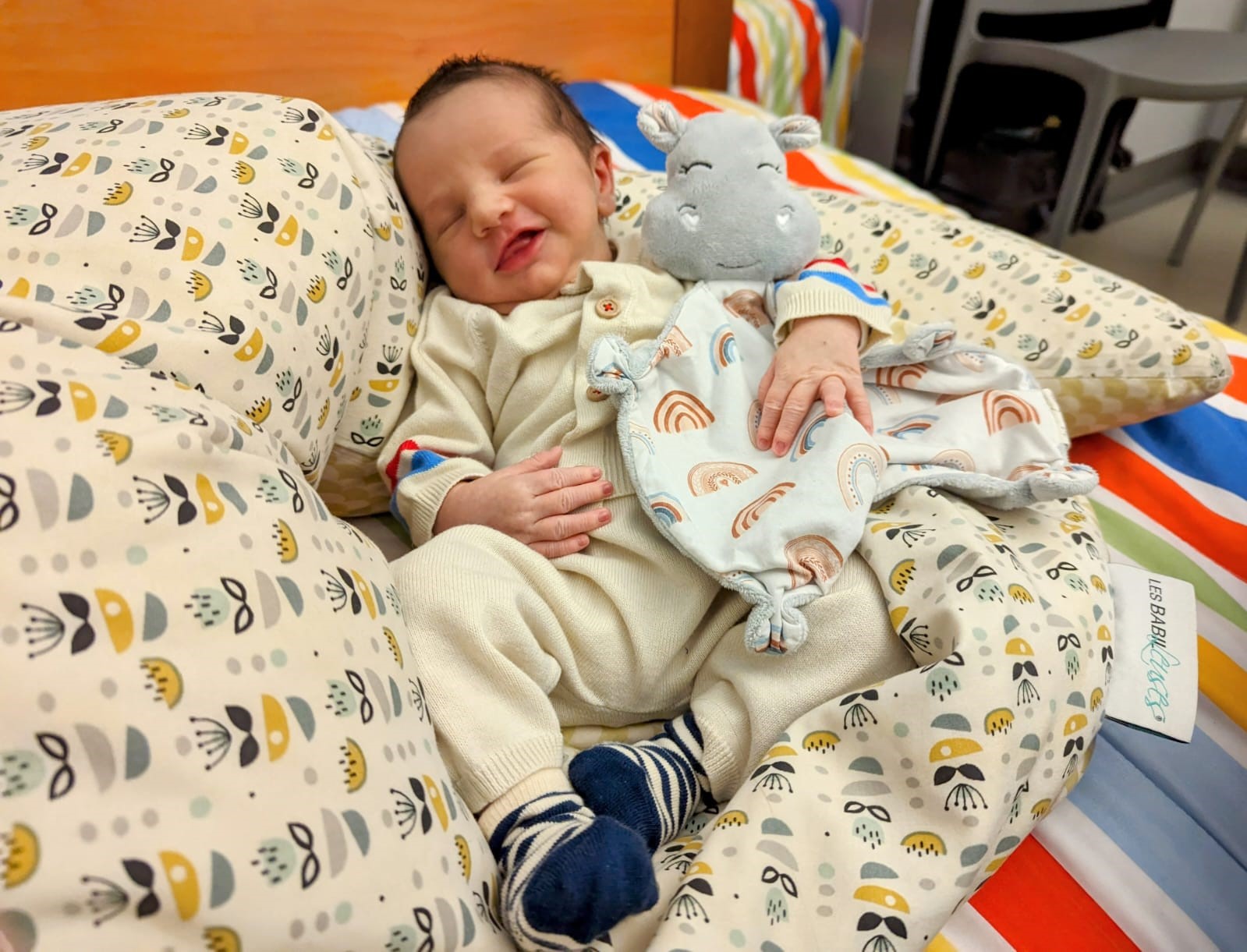
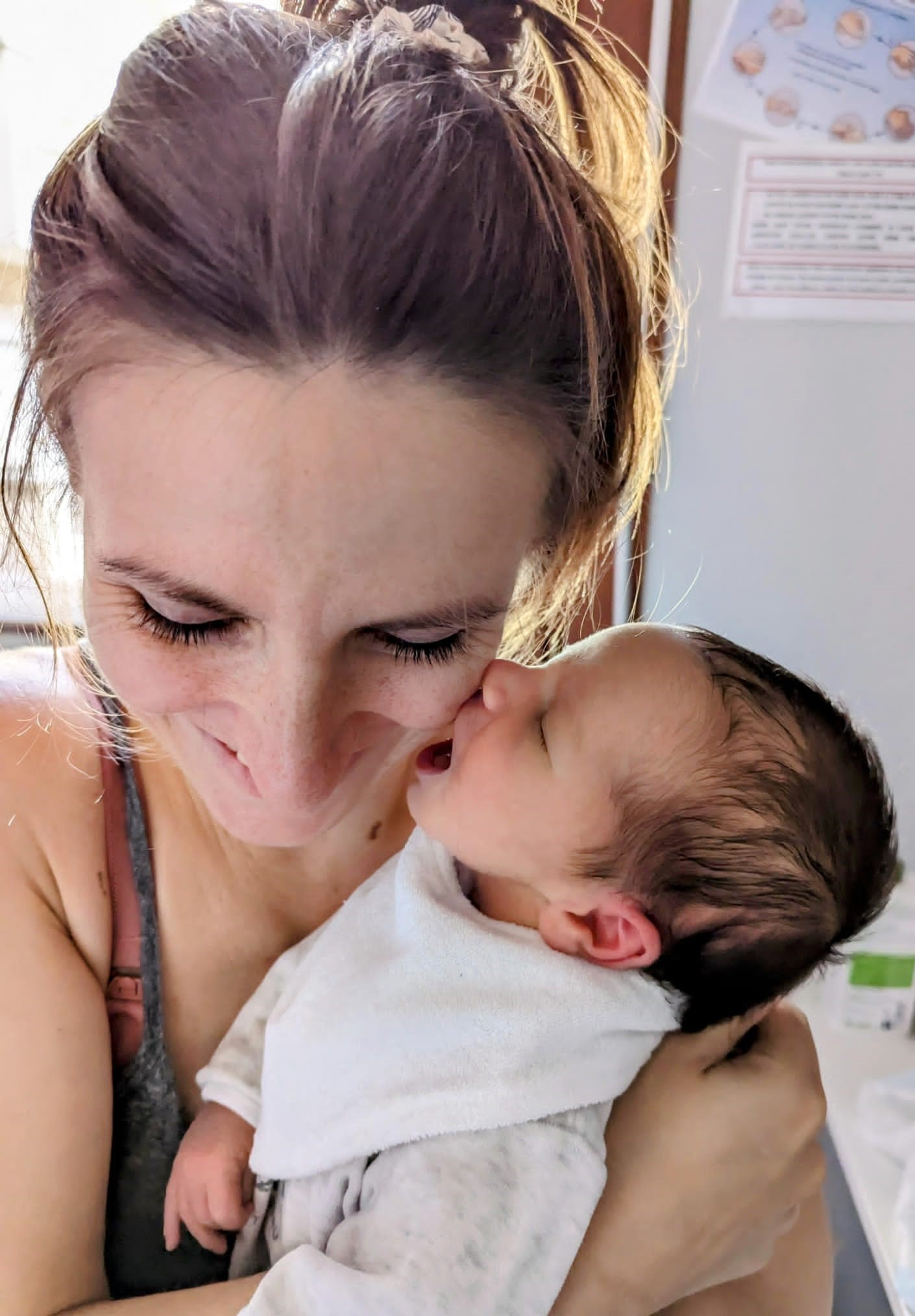
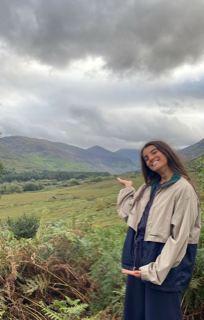 Clara Driaï
Clara Driaï
Hello everyone! I’m a M2 AIRE-LiSc student at Université Paris Cité. I’m back for a second 5-month internship in the Cognition and Brain Dynamics team under the supervision of Sophie Herbst. I will be continuing the existing work on Bayesian observer models and temporal predictions by analysing EEG data collected during my previous internship. This project aims to understand the neural correlates associated with learning and representation of temporal statistics in implicit timing. I love travelling, reading and exchanging knowledge on various topics, so if you’re passing by Open Space 2033A, don’t hesitate to stop by. I look forward to meeting you all!
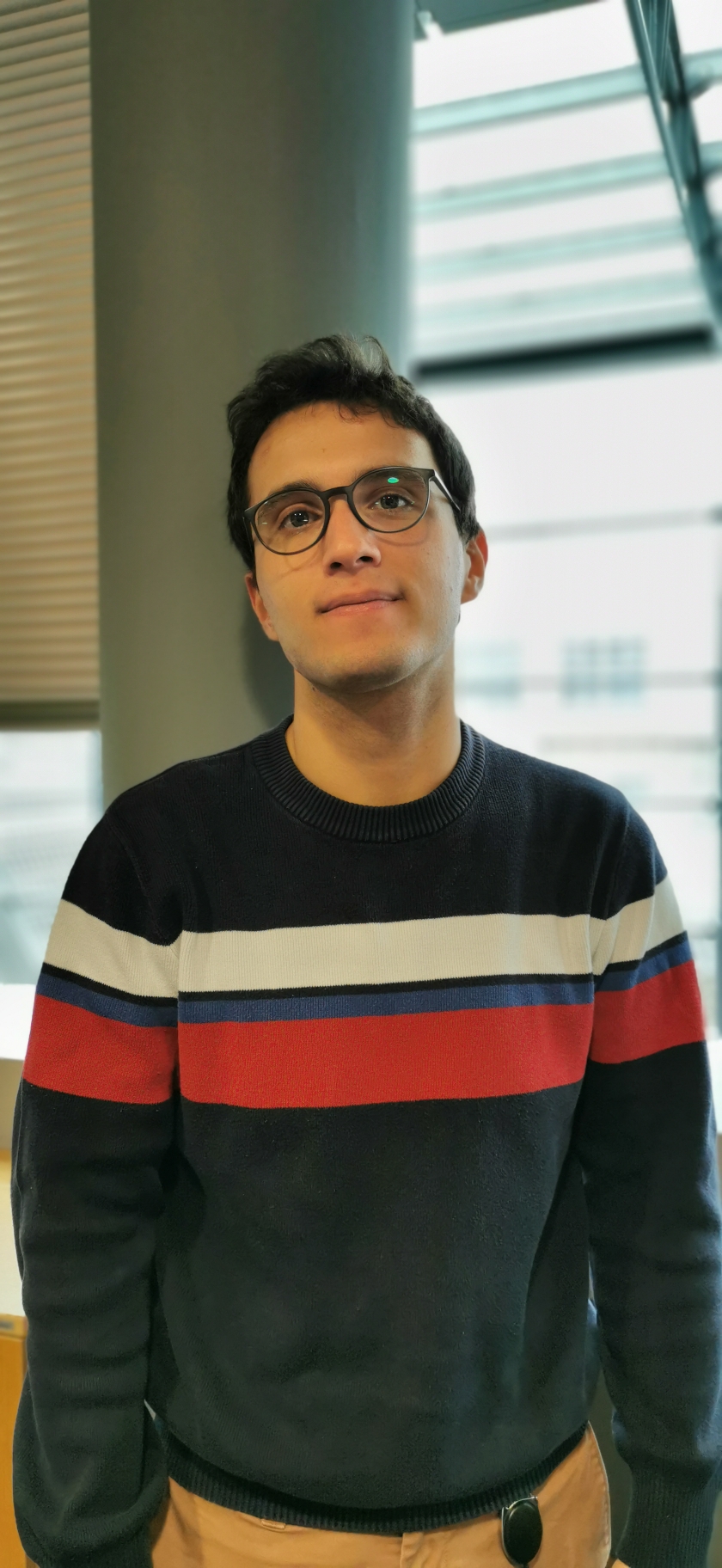
Samuel Debray
My name is Samuel Debray, I’m starting a PhD with Stan Dehaene on the representation of mathematical concepts in the brain and AI models. You might already know me as I did an internship in the lab two years ago. I’m interested in computational models broadly speaking, in maths and of course in the mysteries of the brain. Looking forward to chatting with you all!”
 Syalie Liu
Syalie Liu
Hi, I’m Syalie 🙂 Long story short, I have a background in urban economics and local public policy, but I switched to study cognitive science and got recently graduated from the Cogmaster in Paris. I’m very interested in the learning processes of the human brain and understanding social inequalities in acquiring new knowledge at school. I’m working with Lorenzo Ciccione for 3 months on several projects about groupitizing in numerosity perception, graphs or mathematical patterns. Besides academia, I listen to music a lot and started learning how to play drums. I’m also very fond of nerdy talks and people telling me about their very niche interests (I’m kind of a hip-hop music nerd myself), so please don’t hesitate to come say hi if you want to talk!
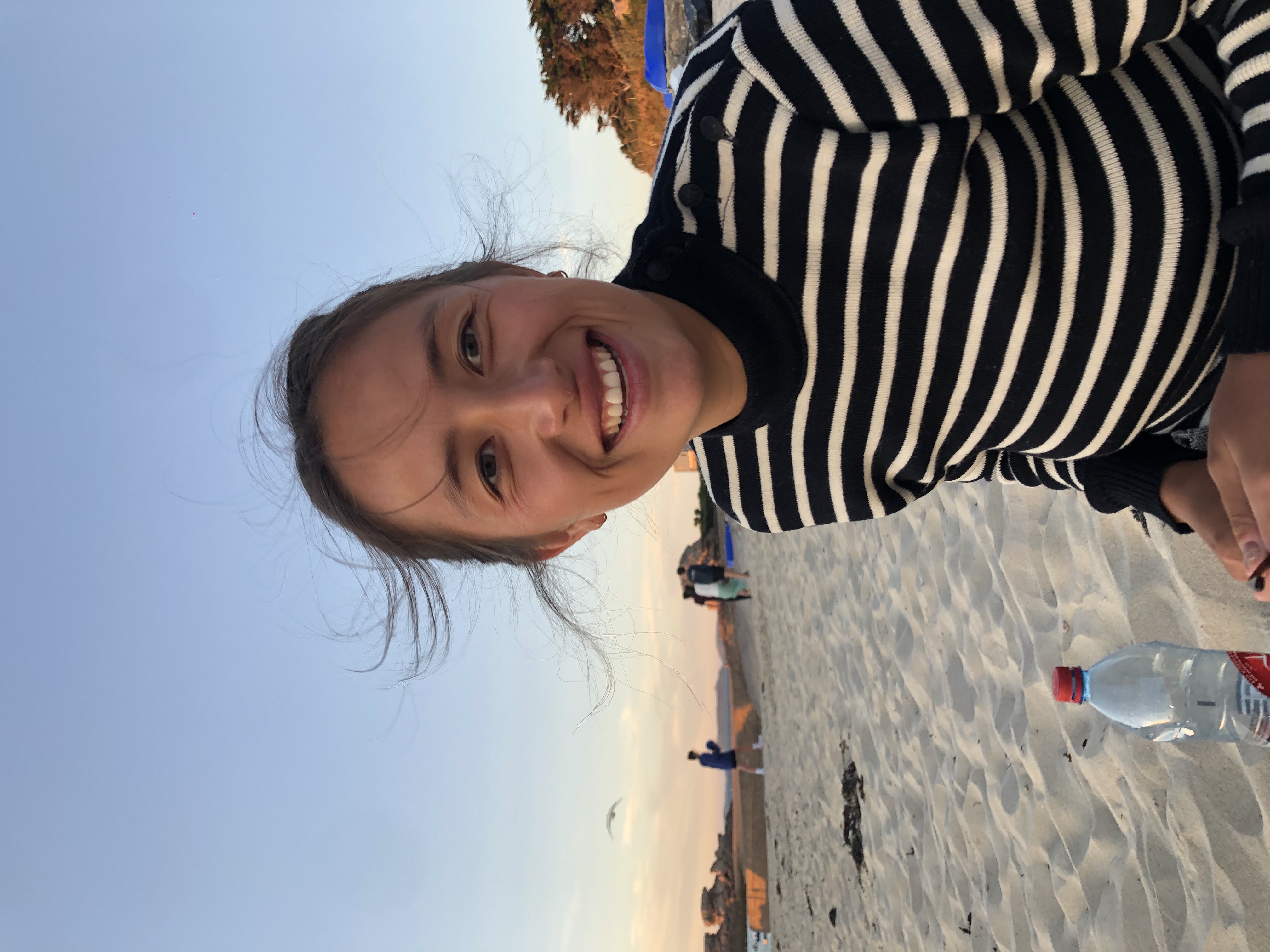
Claire Njoo
I’m Claire, a M2 Cogmaster intern student working with Ghislaine Dehaene-Lambertz’ team on exploring replay during sleep in neonates. I have a biomedical engineering background -had the chance to enjoy Saclay’s microclimate for two whole years already during my studies in Ecole Polytechnique ! – plus a slightly off rail bachelor in history of art.
I am super interested in exploring learning phenomena in babies and children’s brains and hope to pursue in research on related topics after my internship !
As for my hobbies, I like playing the viola, enjoying Paris’ cultural life, going for a run and/or a beer… I’m also a unconditional fan of anything related to the water and the sea (sailing, swimming, kite and windsurfing) if anyone’s down for teaming up on some of these activities for a weekend !
Anyway, looking forward to sharing and learning a lot in the lab with you guys !

Manon Pietrantoni
Hi everybody, I am Manon, a Master student at Cogmaster and ENS Paris-Saclay, I am doing my M2 internship at Neurospin, where I will be working with Stanislas on the Mathlang Project. I have already done an internship in Neurospin in summer 2021 and after a year of internship in the GallantLab of UC Berkeley, I am ready to bring all the knowledge that I have learnt there to the lab.
My main interests are the understanding of learning and languages using MRI machine. For this internship, I will be using the MathLang data acquired at 3T and 7T and try to analyze them at a level of categories but at a sentence level as well. I will also create flatmaps of the brain for the participants that we have, using the methods from the GallantLab.
In my free time, I like doing sports, playing some music, or traveling and hiking. I have been practicing horse-riding and martial arts for a long, long time now. And of course, I am passionate about the brain, cognitive and computational science.
Looking forward to meeting you all, I am at Neurospin every Friday until the end of January and then I will be there every day until the end of June.
Achievements
- Sophie Herbst obtained the funding from ANR [JCJC] with the project WHEN – Investigating the representation of temporal predictions and their functional consequences for audition
Publications
Lorenzo Ciccione, Mathias Sablé‑Meyer, Esther Boissin, Mathilde Josserand, Cassandra Potier‑Watkins , Serge Caparos & Stanislas Dehaene
Trend judgment as a perceptual building block of graphicacy and mathematics, across age, education, and culture
Data plots are widely used in science, journalism and politics, since they efficiently allow to depict a large amount of information. Graphicacy, the ability to understand graphs, has thus become a fundamental cultural skill comparable to literacy or numeracy. Here, we introduce a measure of intuitive graphicacy that assesses the perceptual ability to detect a trend in noisy scatterplots (“does this graph go up or down?”). In 3943 educated participants, responses vary as a sigmoid function of the t-value that a statistician would compute to detect a significant trend. We find a minimum level of core intuitive graphicacy even in unschooled participants living in remote Namibian villages (N = 87) and 6-year-old 1st-graders who never read a graph (N = 27). The sigmoid slope that we propose as a proxy of intuitive graphicacy increases with education and tightly correlates with statistical and mathematical knowledge, showing that experience contributes to refining graphical intuitions. Our tool, publicly available online, allows to quickly evaluate and formally quantify a perceptual building block of graphicacy.
Scientific Reports | (2023) 13:10266 | https://doi.org/10.1038/s41598-023-37172-3
https://www.nature.com/articles/s41598-023-37172-3
—————
Harish Gunasekaran , Leila Azizi , Virginie van Wassenhove & Sophie K. Herbst
Characterizing endogenous delta oscillations in human MEG
Rhythmic activity in the delta frequency range (0.5–3 Hz) is a prominent feature of brain dynamics. Here, we examined whether spontaneous delta oscillations, as found in invasive recordings in awake animals, can be observed in non-invasive recordings performed in humans with magnetoencephalography (MEG). In humans, delta activity is commonly reported when processing rhythmic sensory inputs, with direct relationships to behaviour. However, rhythmic brain dynamics observed during rhythmic sensory stimulation cannot be interpreted as an endogenous oscillation. To test for endogenous delta oscillations we analysed human MEG data during rest. For comparison, we additionally analysed two conditions in which participants engaged in spontaneous finger tapping and silent counting, arguing that internally rhythmic behaviours could incite an otherwise silent neural oscillator. A novel set of analysis steps allowed us to show narrow spectral peaks in the delta frequency range in rest, and during overt and covert rhythmic activity. Additional analyses in the time domain revealed that only the resting state condition warranted an interpretation of these peaks as endogenously periodic neural dynamics. In sum, this work shows that using advanced signal processing techniques, it is possible to observe endogenous delta oscillations in non-invasive recordings of human brain dynamics.
Scientific Reports | (2023) 13:11031 | https://doi.org/10.1038/s41598-023-37514-1
Lucas BENJAMIN, Ana FLO, Fosca AL ROUMI, Ghislaine DEHAENE-LAMBERTZ
Humans parsimoniously represent auditory sequences by pruning and completing the underlying network structure
Successive auditory inputs are rarely independent, their relationships ranging from local transitions between elements to hierarchical and nested representations. In many situations, humans retrieve these dependencies even from limited datasets. However, this learning at multiple scale levels is poorly understood. Here, we used the formalism proposed by network science to study the representation of local and higher-order structures and their interaction in auditory sequences. We show that human adults exhibited biases in their perception of local transitions between elements, which made them sensitive to high-order network structures such as communities. This behavior is consistent with the creation of a parsimonious simplified model from the evidence they receive, achieved by pruning and completing relationships between network elements. This observation suggests that the brain does not rely on exact memories but on a parsimonious representation of the world. Moreover, this bias can be analytically modeled by a memory/efficiency trade-off. This model correctly accounts for previous findings, including local transition probabilities as well as high-order network structures, unifying sequence learning across scales. We finally propose putative brain implementations of such bias.
Elife, 12:e86430, 2023
https://elifesciences.org/articles/86430
——————
Edgar Y. Walker, Stephan Pohl, Rachel N. Denison, David L. Barack, Jennifer Lee, Ned Block, Wei Ji Ma & Florent Meyniel
Studying the neural representations of uncertainty
The study of the brain’s representations of uncertainty is a central topic in neuroscience. Unlike most quantities of which the neural representation is studied, uncertainty is a property of an observer’s beliefs about the world, which poses specific methodological challenges. We analyze how the literature on the neural representations of uncertainty addresses those challenges and distinguish between ‘code-driven’ and ‘correlational’ approaches. Code-driven approaches make assumptions about the neural code for representing world states and the associated uncertainty. By contrast, correlational approaches search for relationships between uncertainty and neural activity without constraints on the neural representation of the world state that this uncertainty accompanies. To compare these two approaches, we apply several criteria for neural representations: sensitivity, specificity, invariance and functionality. Our analysis reveals that the two approaches lead to different but complementary findings, shaping new research questions and guiding future experiments.
Nature Neuroscience
Czajko S., Vignaud A., Eger E.
Human brain representations of internally generated outcomes of approximate calculation revealed by ultra-high-field brain imaging.
Much of human culture’s advanced technology owes its existence to the ability to mentally manipulate quantities. Neuroscience has described the brain regions overall recruited by numerical tasks and the neuronal codes representing individual quantities during perceptual tasks. Nevertheless, it remains unknown how quantity representations are combined or transformed during mental computations and how specific quantities are coded in the brain when generated as the result of internal computations rather than evoked by a stimulus. Here, we imaged the brains of adult human subjects at 7 Tesla during an approximate calculation task designed to disentangle in- and outputs of the computation from the operation itself. While physically presented sample numerosities were distinguished in activity patterns along the dorsal visual pathway and within frontal and occipito-temporal regions, a representation of the internally generated result was most prominently detected in higher order regions such as angular gyrus and lateral prefrontal cortex. Behavioral precision in the task was related to cross-decoding performance between sample and result representations in medial IPS regions. This suggests the transformation of sample into result may be carried out within dorsal stream sensory-motor integration regions, and resulting outputs maintained for task purposes in higher-level regions in a format possibly detached from sensory-evoked inputs.
bioRxiv:2023.10.05.561028
https://www.biorxiv.org/content/10.1101/2023.10.05.561028v1
——————
Zhan, M., Pallier, C., Agrawal, A., Dehaene, S., & Cohen, L.
Does the visual word form area split in bilingual readers? A millimeter-scale 7-T fMRI study.
In expert readers, a brain region known as the visual word form area (VWFA) is highly sensitive to written words, exhibiting a posterior-to-anterior gradient of increasing sensitivity to orthographic stimuli whose statistics match those of real words. Using high-resolution 7-tesla functional magnetic resonance imaging (fMRI), we ask whether, in bilingual readers, distinct cortical patches specialize for different languages. In 21 English-French bilinguals, unsmoothed 1.2-millimeters fMRI revealed that the VWFA is actually composed of several small cortical patches highly selective for reading, with a posterior-to-anterior word-similarity gradient, but with near-complete overlap between the two languages. In 10 English-Chinese bilinguals, however, while most word-specific patches exhibited similar reading specificity and word-similarity gradients for reading in Chinese and English, additional patches responded specifically to Chinese writing and, unexpectedly, to faces. Our results show that the acquisition of multiple writing systems can indeed tune the visual cortex differently in bilinguals, sometimes leading to the emergence of cortical patches specialized for a single language.
Science Advances, 9(14), eadf6140.
https://www.science.org/doi/10.1126/sciadv.adf6140
——————
Leila Azizi, Ignacio Polti and Virginie van Wassenhove
Spontaneous alpha brain dynamics track the episodic “when”
Across species, neurons track time over the course of seconds to minutes, which may feed the sense of time passing. Herein, we asked whether neural signatures of time-tracking could be found in humans. Participants stayed quietly awake for a few minutes while being recorded with magnetoencephalography. They were unaware they would be asked how long the recording lasted (retrospective time) or instructed beforehand to estimate how long it will last (prospective timing). At rest, rhythmic brain activity is non-stationary and displays bursts of activity in the alpha range (α: 7-14 Hz). When participants were not instructed to attend to time, the relative duration of α bursts linearly predicted individuals’ retrospective estimates of how long their quiet wakefulness lasted. The relative duration of α bursts was a better predictor than α power or burst amplitude. No other rhythmic or arrhythmic activity predicted retrospective duration. However, when participants timed prospectively, the relative duration of α bursts failed to predict their duration estimates. Consistent with this, the amount of α bursts was discriminant between prospective and retrospective timing. Last, with a control experiment, we demonstrate that the relation between α bursts and retrospective time is preserved even when participants are engaged in a visual counting task. Thus, at the time scale of minutes, we report that the relative time of spontaneous α burstiness predicts conscious retrospective time. We conclude that in the absence of overt attention to time, α bursts embody discrete states of awareness constitutive of episodic timing.
Journal of Neuroscience 13 September 202
https://www.jneurosci.org/content/early/2023/09/11/JNEUROSCI.0816-23.2023
REMINDERS OF THE MONTH
- You can find the key of the office supply room (2026) in room 2023, behind Laurence’s desk.
- If you receive a package or a new computer/chair…, you are responsible of disposing of the cardboard boxes. Drop them in the recycling bins, access from the cafeteria.

